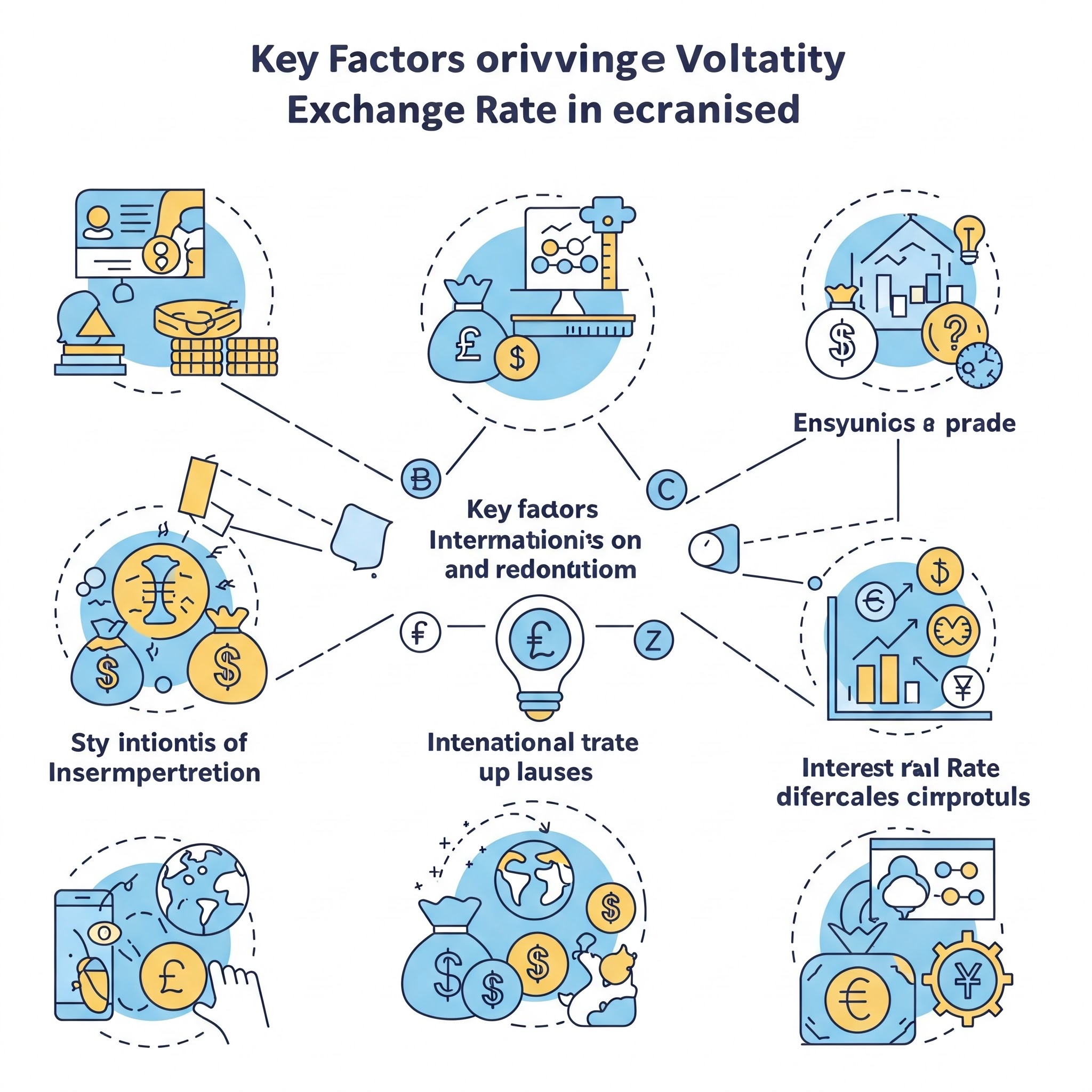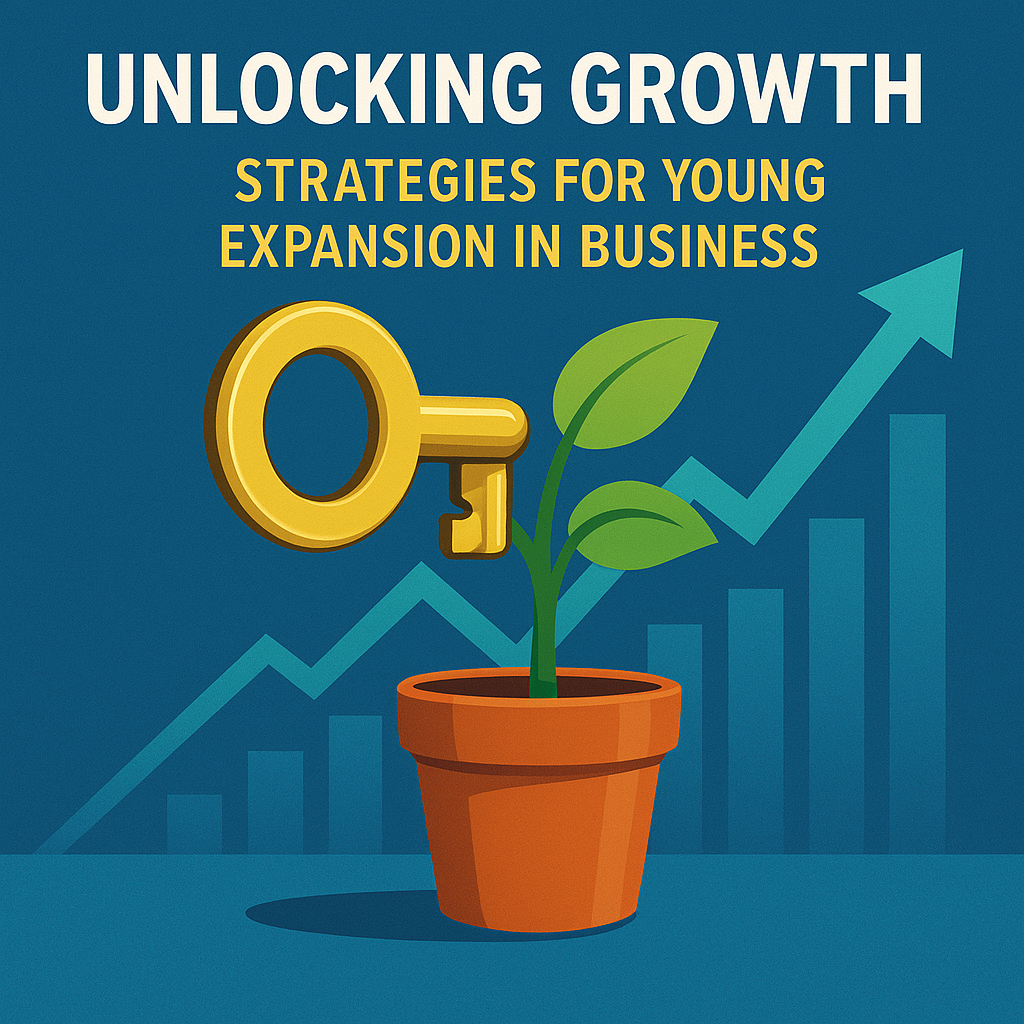Uncertainty & Opportunity: How to Thrive in a Changing World
In a rapidly evolving world, uncertainty can often feel daunting. Markets fluctuate, economies shift, and global events can change the landscape overnight. However, amid this chaos lies a wealth of opportunities for those willing to adapt and innovate. This article will explore how uncertainty can lead to unexpected openings and advantages, inspiring readers to thrive in uncertain times.
Understanding Uncertainty: What It Means for You
Uncertainty is often seen as a negative state — a source of stress and anxiety. But what exactly does it mean? In finance, uncertainty refers to the unpredictability of outcomes for investments, market conditions, and economic indicators. In personal and professional contexts, it can indicate ambiguity regarding decisions, future plans, or career paths.
- Economic Uncertainty: Shifts in market trends, job stability, and political influences.
- Personal Uncertainty: Changes in life circumstances, career shifts, or personal relationships.
- Global Uncertainty: Events such as pandemics, natural disasters, or geopolitical tensions.
The Silver Lining: Opportunity Awaits
While uncertainty can be unsettling, it also opens doors to new possibilities. Here are a few ways to harness uncertainty for personal and professional growth:
1. Encourage Innovation
In uncertain times, organizations are forced to think outside the box. A prime example is the surge in remote work technology during the COVID-19 pandemic, which opened up avenues for businesses to innovate and develop new tools for communication and productivity. Companies like Zoom and Microsoft Teams saw unprecedented growth as they adapted to the new business landscape. Behind every challenge lies an opportunity for innovative solutions.
2. Market Repositioning
Investors who recognize and adapt to market changes can capitalize on new trends. For instance, during economic downturns, certain industries, such as healthcare and e-commerce, often thrive. By reallocating resources towards these growing sectors, investors can see significant returns even when the market seems unstable.
3. Career Upskilling
Uncertainty often forces individuals to reassess their skills and career paths. This presents an opportunity to acquire new skills that are in demand. Online platforms like Coursera and LinkedIn Learning offer a vast range of courses, allowing professionals to pivot their careers and increase their value in the job market.
The Influence of Mindset
To navigate uncertainty effectively, one must cultivate a growth mindset. Here are strategies to adopt:
1. Embrace Flexibility
Flexibility in thinking allows you to pivot your strategies as circumstances change. By remaining open-minded and adaptable, you can better seize opportunities when they arise.
Knowledge is power, especially in uncertain times. Keeping abreast of market trends, economic forecasts, and industry updates will empower you to make informed decisions.
3. Network and Collaborate
Building connections within your industry can lead to new opportunities. Collaborating with others can spark innovation and provide support when navigating through unpredictable circumstances.
Real-Life Examples of Opportunity Amid Uncertainty
-
Zoom Video Communications: Founded in 2011, Zoom was just another video conferencing tool until the pandemic struck. Seeing a spike in demand led them to rapidly expand and innovate, transforming the way businesses operate globally.
-
Airbnb: When travel restrictions were enforced, Airbnb adapted by promoting local stays and online experiences, which diversified their revenue streams and helped the company weather the storm.
Conclusion: Embracing Uncertainty for Growth
Uncertainty is a constant in our lives, but it doesn't have to be a barrier. Instead, view it as an opportunity for growth, creativity, and innovation. By staying flexible, informed, and engaged, individuals and businesses alike can turn the unpredictability of today into the success stories of tomorrow.
- Are you ready to take advantage of the opportunities that uncertainty presents? Start by assessing your current situation and identify areas where you can innovate or adapt. The next big opportunity may be just around the corner!
Categories: Business, Personal Development, Finance
By creating actionable content, focusing on real-world examples, and employing effective SEO strategies, this article aims to attract readers interested in personal growth and business strategies in uncertain times.







